7 Ideas for a Better Christmas Morning
The science of opening Christmas presents probably isn’t something you thought much about growing up, instead turning your thoughts to more “important” matters such as did you get that sweater you asked for? And what did that note that Billy passed to you in history class right before winter break mean, anyway? Could he like you?! And do you like him??
Okay, sorry, went a little too deep into that 10th-grade flashback, but the point is that as a parent, you’re suddenly the official enactor of family traditions… And that means that you and your spouse suddenly have to decide how presents are opened on Christmas day: when, where, and how.
Obviously there’s no hard-and-fast rule about how your family should open Christmas presents, but if you’re anything like me, you want to make the Christmas experience more about the Savior and His gift (and how we likewise give to others) than about finally getting that video game console you’ve been wanting. Luckily, these real-life examples of how families open their Christmas presents might inspire you as to how you can focus your family’s holiday more on giving than receiving.
One at a Time
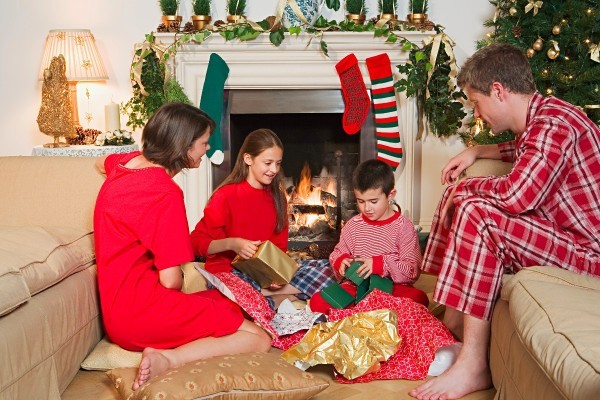 On Christmas morning, kids can hardly wait to tear into their presents. This often leads to everyone opening their presents all at once, which inadvertently puts the spotlight on what you received (or, in other words, how the gift is personally gratifying) rather than on what someone gave you (which focuses more on someone’s sacrifice).
On Christmas morning, kids can hardly wait to tear into their presents. This often leads to everyone opening their presents all at once, which inadvertently puts the spotlight on what you received (or, in other words, how the gift is personally gratifying) rather than on what someone gave you (which focuses more on someone’s sacrifice).
Instead of having everyone tear into their gifts all at once, consider having your family members open gifts one at a time. For example, you might start with the youngest family member, who opens one present; then, you go to the next youngest family member, who opens a single present, and so on, circling back as many times as needed. This takes longer, obviously, but preserving the magic of Christmas is never a bad thing, right? Plus, each person can then acknowledge the gift’s giver and the family as a whole can express their gratitude.
This puts greater emphasis on the sacrifices we make and turns our hearts more to the Savior in acknowledgement of the ultimate sacrifice that has ever been given. Likewise, it allows the giver and the receiver to experience a mutual increase in love and closeness rather than simply issuing a hasty “Thank you” and moving on to the next present.
Giver Gift Bag
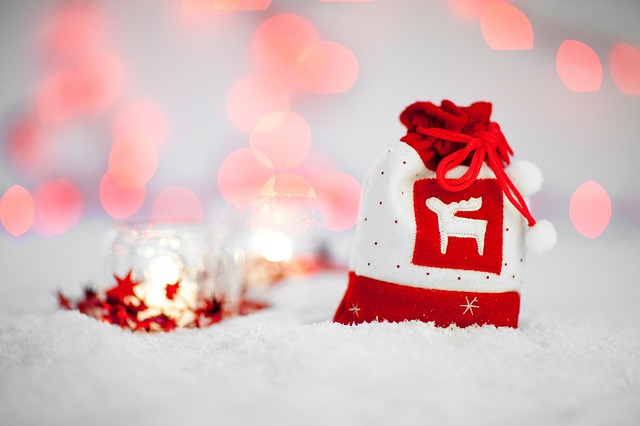 Third Hour author Gale recalled how in her family, “for a few years, we got each child a Santa sack into which he put the gifts he had obtained for other members of the family. Then that child got to stand in front of the tree and give out his gifts one by one. We all took turns opening and thanking. That put the giver front and center.”
Third Hour author Gale recalled how in her family, “for a few years, we got each child a Santa sack into which he put the gifts he had obtained for other members of the family. Then that child got to stand in front of the tree and give out his gifts one by one. We all took turns opening and thanking. That put the giver front and center.”
This approach allows everyone to acknowledge and express gratitude for the sacrifices of each family member, recognizing that everyone put forth time and effort (and in many cases, money) to make other family members happy. Truly, gifts are expensive in more than one way: they require thought and creativity, and we should always try to express our gratitude for others’ efforts.
Read (or Enact) the Christmas Story BEFORE Opening Presents
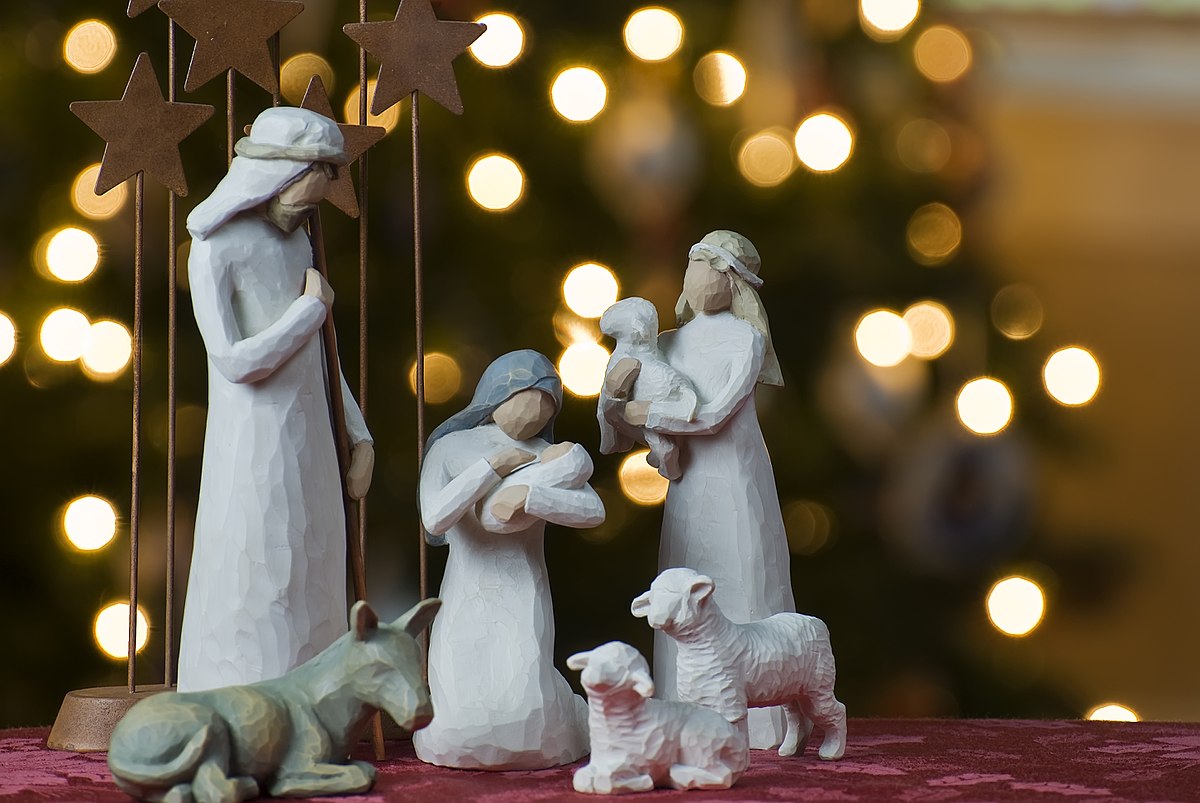
In Relief Society the other day, a member of my ward shared her husband’s family’s tradition during Christmas morning that totally blew me away:
Add Reminders of Christmas Symbolism
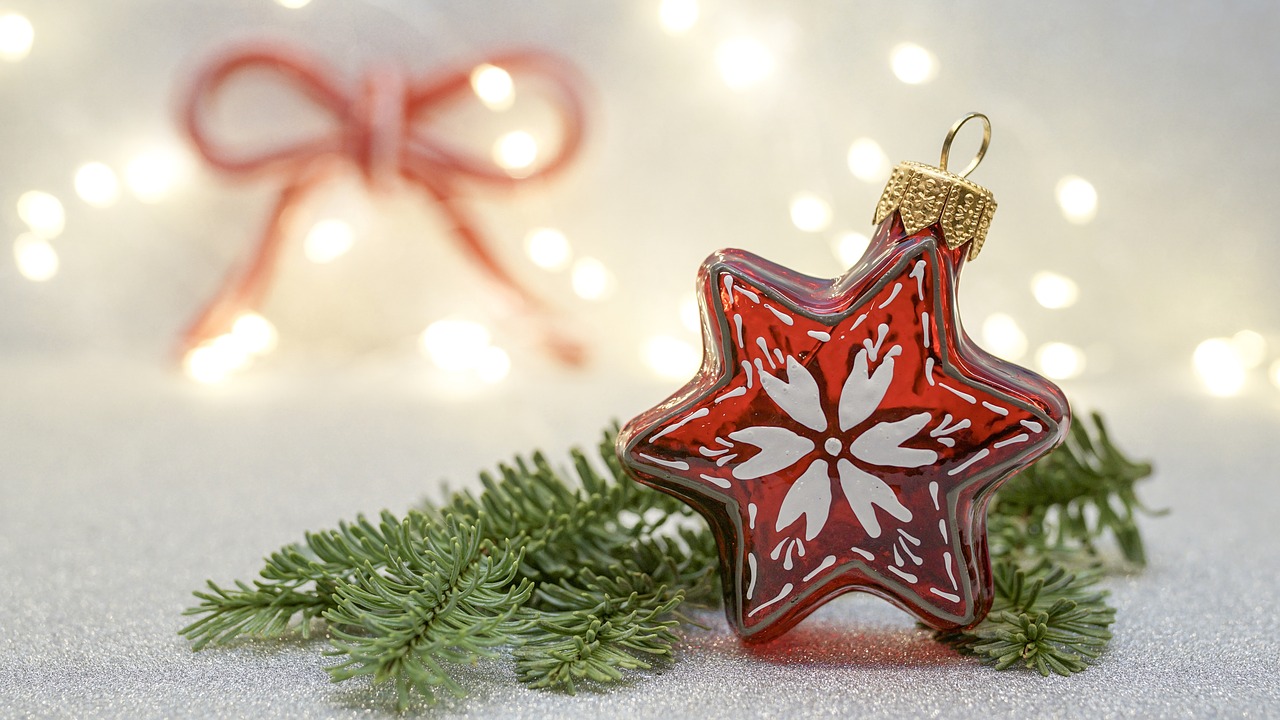 On one gift per person, consider adding a sticker, picture, or some kind of ornament showing a Christmas symbol. Attached to the sticker (or whatever method you use), you can include a print-out of where the symbol stems from and its significance relating to Christmas and Jesus Christ.
On one gift per person, consider adding a sticker, picture, or some kind of ornament showing a Christmas symbol. Attached to the sticker (or whatever method you use), you can include a print-out of where the symbol stems from and its significance relating to Christmas and Jesus Christ.
The New Era published a fabulous article defining many Christmas symbols, and their explanations would function perfectly as your print-out. For instance, you might attach a candy-cane to one gift and then tape to it this description:
“Perhaps a better name for the candy cane is “candy crook.” They can remind us of the staffs carried by the shepherds who visited the baby Jesus. During Christ’s time, a shepherd’s staff often had a crook, or bend, at the top that was used to hook sheep by the neck to gently lead them to food or water or to protect them from harm. As you enjoy a candy cane, remember that Jesus Christ is the Good Shepherd (see John 10:11, 14). If we choose to follow Him, He will gently lead us to safety and peace.”
Before your family members open their present with the attached symbol, they can read it to the whole family, turning everyone’s thoughts toward Christ and the true meaning of this special holly-day. (I’m laughing so hard at my own joke. How is this pun not more widely circulated?! What a Christmas mystery.)
Have Everyone Express Their Gratitude for the Savior
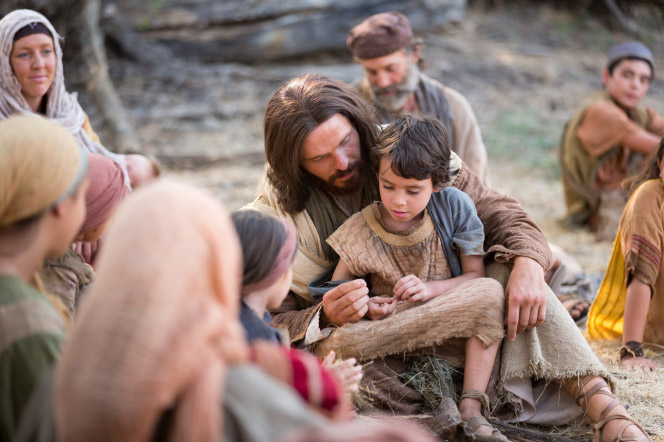 In my own family, we had a tradition on every family member’s birthday of expressing what we loved about/why we were grateful for the birthday boy or girl. Since we are celebrating Christ’s birth, I think it would be appropriate and edifying to do the same thing before opening presents. As a family, before you begin opening your gifts, you can go in a circle and each express how the Savior has blessed your life — why you’re grateful for Him and how He has helped you throughout your year.
In my own family, we had a tradition on every family member’s birthday of expressing what we loved about/why we were grateful for the birthday boy or girl. Since we are celebrating Christ’s birth, I think it would be appropriate and edifying to do the same thing before opening presents. As a family, before you begin opening your gifts, you can go in a circle and each express how the Savior has blessed your life — why you’re grateful for Him and how He has helped you throughout your year.
Only ONE Santa Present
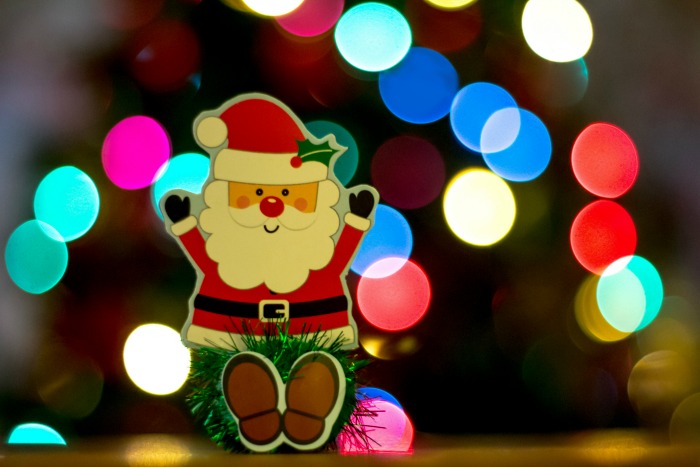
Gold, Frankincense, and Myrrh
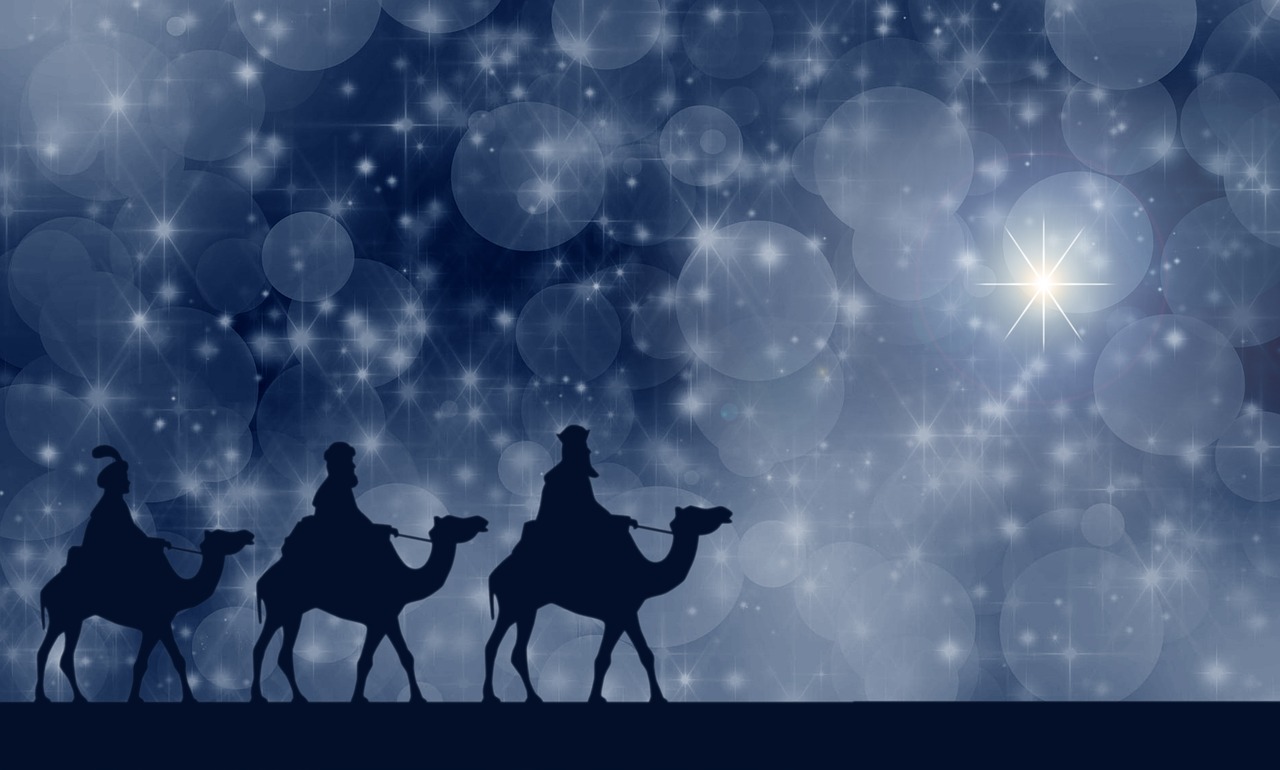 Back in 2010, a blogger devoted to simplifying Christmas developed the idea of giving each of their children only three gifts as a representation of the three Wise Men’s gifts to Christ. She wrote:
Back in 2010, a blogger devoted to simplifying Christmas developed the idea of giving each of their children only three gifts as a representation of the three Wise Men’s gifts to Christ. She wrote:
“We are going to give three gifts for each child, based on the gifts of gold, frankincense, and myrrh that baby Jesus received from the magi.
- The gift of gold will be something they really want – maybe a bigger item or just something they’ve really been wanting for a while. As they get older they’ll be able to give us a gift list, for now, we’ll just decide on an item that we think each of them would really like and enjoy.
- The gift of frankincense is something that will encourage their spiritual growth. At this point in their lives, that will probably be a book or music that teaches them more about God . . .
- The gift of myrrh is something for their body, and this can include clothing or shoes, which is what we’ll be giving.
I’m really excited about this, because I think it’s a great way to begin to teach children, from a very young age, that Christmas is not about consumption. And it’s not all about the gifts either.”
You could do this either by limiting your gifts to three per person OR separating three gifts from the rest and labeling them “Gold,” “Myrrh,” and “Frankincense”.
Implementing any or all of these seven ideas will allow us to focus far less on presents and personal gain this Christmas, instead making Christ the focal point of our holiday. Each of these ideas aims our attention to what is truly important: the birth of our Lord and Savior, Jesus Christ, and recognizing His Atonement as the greatest gift anyone has ever given.


